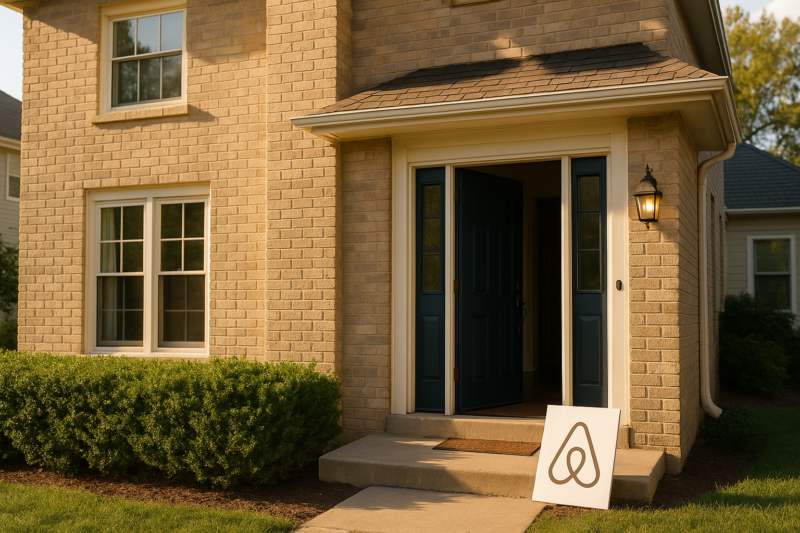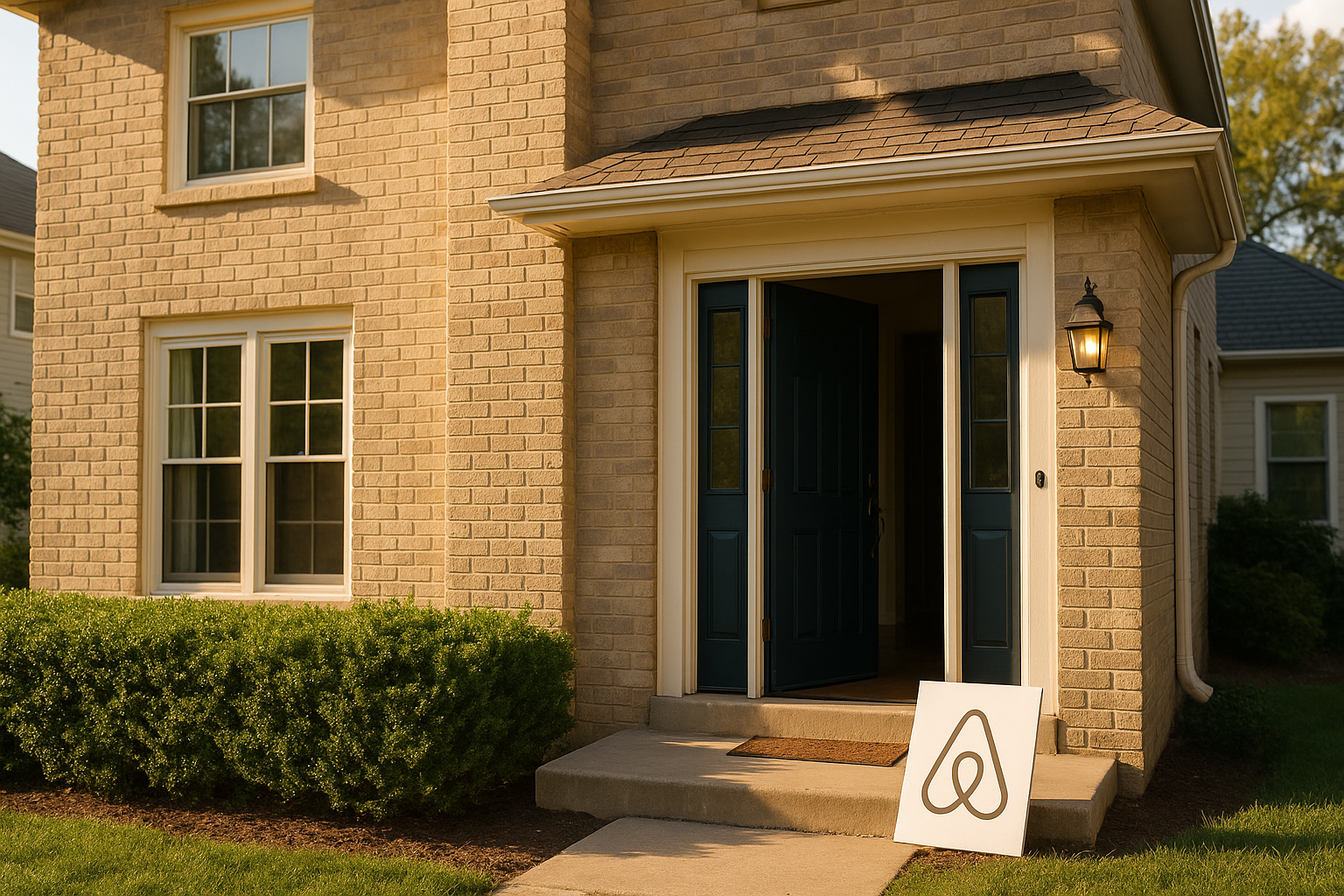
Key takeaways
88% of Airbnb hosts say they won’t move their homes to the long-term rental market, even if governments tighten regulations.
Almost half would rather leave properties empty than lease them long-term.
Regulation won’t solve the rental crisis. Supply is the real issue.
Strong immigration and low vacancy rates will keep pushing rents higher.
Short-term rentals remain attractive in lightly regulated markets like Queensland, but carry political and regulatory risks.
Every few months, the debate about short-term rentals flares up again.
Policymakers point the finger at Airbnb and similar platforms, hoping that stricter regulations will somehow free up more homes for long-term renters.
But a new survey has revealed something that may surprise many: the overwhelming majority of short-term rental hosts have no intention of switching their properties to the traditional rental market, no matter what the government does.
According to a YouGov study commissioned by Airbnb, 88% of hosts said they would not offer their homes on the long-term rental market even if new rules were introduced.
In fact, nearly half admitted they’d rather leave their properties sitting empty than hand them over as rentals.
Now, I can imagine this survey is a little biased and laced with vested interests. However, that’s not exactly the outcome policymakers are banking on.

Why hosts won’t budge
The survey revealed that two-thirds of hosts believe their properties simply aren’t suitable for long-term rental.
And when you dig deeper, that makes sense.
Many of these homes are:
-
Holiday houses used part of the year by the owners
-
Secondary residences that don’t fit the “permanent tenant” model
-
Properties where the owners still live part-time
-
Or simply homes in locations that make more sense for short stays than permanent ones
So even the threat of stricter measures like night caps, in other words limits on how many days a property can be rented out per year hasn’t shifted attitudes.
The reality of Victoria’s short-stay levy
Let’s look at what’s already happened in Victoria, where a 7.5% levy on short-term stays was introduced in early 2025.
When early reports are examined, they're sobering:
-
Melbourne rental vacancy rates remain stuck at an ultra-low 1.8%
-
Melbourne rents still rose 2.8% over the past year
-
There was no evidence that homes have shifted back into the long-term rental pool

Note: The levy hasn’t moved the needle on supply, but it has increased costs for visitors, hitting regional economies that rely on tourism.
The bigger picture: short-term rentals are growing fast
If anything, short-term rentals are booming.
A University of Canberra report found there were about 134,000 short-term rental listings in 2023, already a 22.8% jump on the year before.
Today, that number has surged to 170,000 listings, another 26.7% increase.
Critics argue this expansion puts pressure on housing affordability, especially in hotspots like the Gold Coast, Sunshine Coast, and Whitsundays, places already struggling with low vacancy rates and rising rents.
The industry, however, counters that even at these levels, short-term rentals still represent less than 2% of total housing stock nationwide.
That’s true, but averages hide localised pain.
In certain suburbs and regions, short-term rentals take up a much bigger share, and that can distort rental markets significantly.
What this means for investors
I see a few takeaways for property investors:
-
Demand pressures aren’t going away. Australia’s rental vacancy rates remain at historic lows, immigration is strong, and new housing supply is lagging badly. That’s a recipe for continued upward pressure on rents.
-
Short-term rentals will remain attractive in specific markets. Places like Queensland, with lighter regulation, better yields, and strong tourism demand, will continue to draw investors. But that comes with political risk as calls for regulation inevitably grow louder.
- Don’t expect short-term rental regulations to solve the rental crisis. At best, they’ll nibble at the edges. At worst, they’ll raise costs for hosts and reduce tourism dollars without adding a single new home to the long-term rental pool.
Final thoughts
It’s tempting for governments to look for quick fixes, and short-term rentals make an easy target.
But the data shows that clamping down on Airbnb hosts isn’t going to free up tens of thousands of rental properties suddenly.
The real solution lies in building more homes and addressing the structural undersupply in our housing market.
Until then, both renters and policymakers will keep looking for villains, but investors should keep their eyes on the bigger picture: a market where demand is high, supply is scarce, and well-located properties, whether rented short or long-term, are becoming increasingly valuable.














